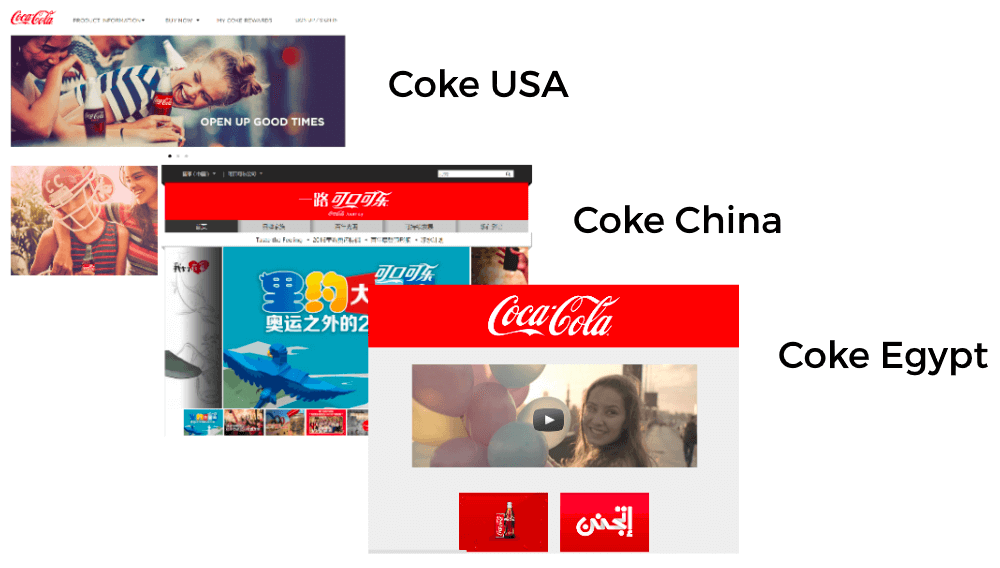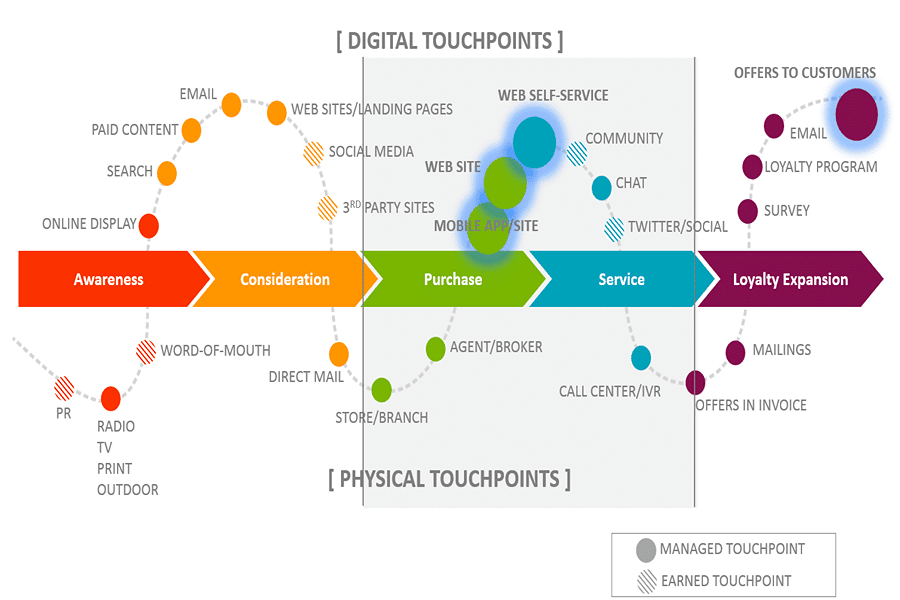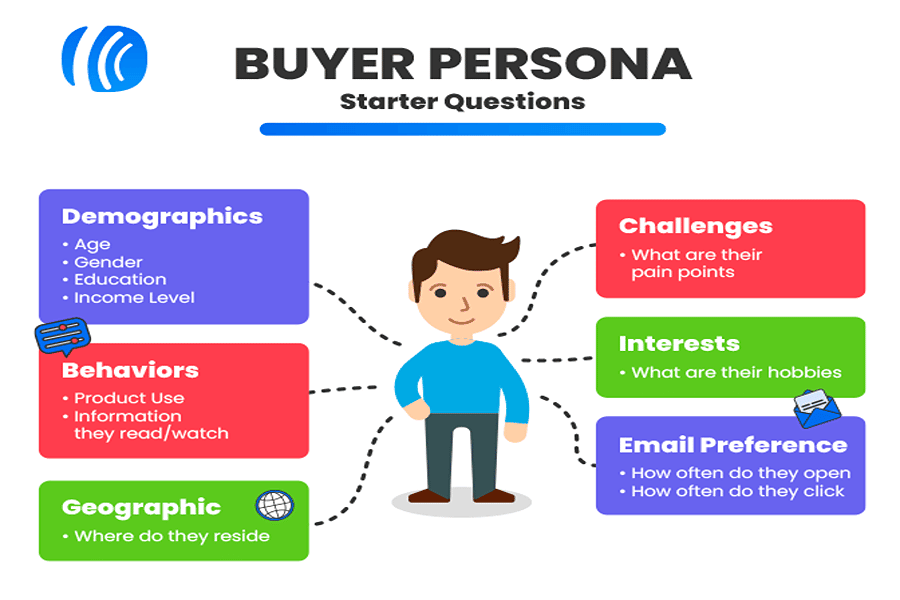All companies want to grow, and in the internet age, global growth has never been more attainable.
But expanding into new markets can prove difficult if you’re unwilling to change your marketing tactics based on geographic location. A one-size-fits-all strategy doesn’t cut it when you’re expanding your reach across the globe. Different markets have different sensibilities, preferences, and languages. That’s why you need to engage in marketing localization.
But localization is a lot more than simply running your content through an automatic translator. You have to take the local market into consideration and create a personalized shopping experience for them in the same way you did when you first rolled out your services at home.
If you don’t have a strong and detailed localization strategy, your plans for global expansion could fall flat on their face. But what is a localization strategy? And how can you roll out the best possible localization strategy to ensure your success as you continue to expand?
Read on to find out.
What Is a Localization Strategy?
Your localization strategy is your business’s plan for adapting your content and services to different languages and cultures. It’s seen as an essential part of global expansion, given the various preferences, languages, and sensibilities of an international customer base.
Because of this, your product must be presented in a way that’s unique, relevant, and marketable to a foreign audience. What works in US markets won’t necessarily work in Europe, Asia, or even other North American markets like Canada.
Why is that? Because every market has a different culture, and each of those cultures needs direct, personalized attention from your marketing plan. Personalization is an incredibly important factor for modern consumers. Despite this, only 47% of companies personalize their communications in response to the real-time behavior exhibited by customers.

If, say, your marketing content in the US featured many scantily clad models, that same content would never fly in a more modest and conservative society like India. In fact, running that same campaign in India would likely offend many and make the market think of your company as overly risqué.
By coming up with a localization strategy, you’ll be able to shine a new light on your services in various markets based on data derived from extensive research. You’ll be able to present a more personalized marketing experience to consumers in those areas, showcasing your product or service in a way that this new audience can connect with.
This might include serving different needs or pain points than your original audience. Different markets have different needs, and it’s your responsibility as a marketer and business owner to figure out what they’re looking for, why they need it, and how you can best convince them that you have the answer.
Localization also includes several tweaks to your online presence, including but not limited to translating your existing content into new languages. You might also need to change other elements of your customer-friendly website, such as its user interface, imagery, support options, and payment gateway, to serve a whole new audience.

Many companies even create new websites specifically for different markets, with the main “.com” URL redirecting to a different page based on your geographic location. You need to make sure those sites are always available. That is why you should migrate to an application, database, and managed WordPress hosting service that’s reliable.
Do You Need a Localization Strategy?
You’ll need a localization strategy if you want to expand your company into international markets. But this isn’t something you can go half-speed on. It’s vital to your success, and it must be planned out well in order for it to succeed.
Ultimately, you won’t be able to launch your localization strategy if you try to overly automate the process and put it on rails. It needs a human touch and constant attention. Without a solid, nurtured strategy, you will alienate potential new customers in the markets you’re trying to expand into.
First impressions mean a lot in terms of brand reputation, and if you stumble out of the gate, you might not get a second chance.
Of course, if you’re not looking to expand out of your original market, you won’t need a localization strategy. It’s time-consuming and expensive to undertake, so unless you’re definitely looking at a specific, new target market, you won’t need to take the steps outlined in this article.
But why is a localization strategy so important for scaling international companies?
For starters, localized content organically speaks to users. Additionally, by localizing your marketing strategy, you won’t offend anyone by accident.
Benefits of a Well-Planned Localization Strategy
The chief benefit of a well-planned localization strategy is that it’ll help you tactically grow your business into new markets around the world. That means increased brand exposure and profits.
A localization strategy can help you avoid messy, culturally inappropriate mistakes, like the example we highlighted above with the differences between an audience in the US versus an audience in India. The last thing you want to do is offend your new market.
By putting real time and effort into your translations, you’ll be able to present content naturally to a new audience in their language, the way a native speaker would. Failing to do this could isolate your audience and make you look like an illegitimate company or a scam in this new market.
The strategy you put in place also involves a lot of information gathering. This can only help you understand the different pain points of customers in new regions. While the overall use of your product could be the same in multiple locations, the underlying need for why it’s needed could differ.
When you localize your marketing, you can fit in with other companies marketing to that audience. This will allow you to connect with your new prospective customers naturally while forging profitable brand loyalty on a global scale.
Of course, one of the main benefits of a well-planned localization strategy is that its success is your success, and you’ll open your business to a whole new market and a lot more revenue.
You can also expand beyond your competitors, giving you a supreme competitive edge over those rivals at both the local and global levels.
Getting Started: Localization Strategy Guidelines
Lay Out Your Strategy Workflow
The first step to getting started with your localization strategy is determining your strategy workflow. That’s where you figure out where you currently are in terms of localization. You want to plan out the entire workflow from start to finish, highlighting where you’re starting from and where you hope to be.
Make sure you’re highly specific when doing this, as it will help you plot every step of your strategy.
This is also where you will determine the locations you want to expand to and what needs to be done to start in those areas. Essentially, you’ll be producing a roadmap that will lay the expansion process out.
When do translations need to be ordered to launch on time? What kind of style guide will you roll out in new markets for your content? How will you perform quality assurance in a way that adheres to the wants and needs of your new customers?
These are all questions to ask yourself before you even begin trying to move into a new geographic location.
This is also where you can establish your budget. Determine what you’re willing to spend to expand into this new area, and see if it’s feasible. If it’s not, you might have to put your plans on hold until you can devote more money to them.
Understand Your Audience
Before you can market to an audience, you have to understand them to determine what they want and, just as importantly, what they don’t want.
What are the pain points of new customers in different areas? How do they measure up to the pain points you’re currently marketing to at home? What can you do to market these new pain points effectively?
Additionally, where do your new prospective customers consume the most content? If you find that they spend a lot of time on Facebook, you might have to shift your marketing efforts there. If they like YouTube videos, you should concentrate on posting to that platform.
Finally, what cultural differences exist in this new market? What’s considered over the line or appropriate to see in the media? Can you adapt your existing website interface and marketing materials to fit those sensibilities, or will you have to start over from scratch?
Consider Your Objectives and KPIs
Make sure that every step of the localization strategy you create contributes to your overall goal. These objectives and key performance indicators should be laid out ahead of time, and your actions need to be measured against them.

It’s essential that you maintain a sharp focus on what you’re trying to accomplish. This helps you keep your eye on your ultimate destination and continue to take steps toward arriving there.
Keep Things Simple
While a localization strategy might seem like an overwhelming task, don’t overcomplicate the process.
Lay out who has what job specifically so that you can understand each member of your localization team’s role. You also should learn as much as you can about this new market so that you can be informed while constructing your plan. By understanding the new market inside and out, you can find the simplest way to start localizing.
Improving Your Localization Strategy: 12 Key Tips
1. Humanize Your Localization Translations
Translating your content into the local language is a huge part of any localization strategy. This can be particularly difficult when expanding into a market like Japan, as here, you’re dealing with not only a new language but an entirely new alphabet.
You mustn’t exclude potential customers because of language barriers, though. When localizing your marketing strategy, your goal should be to consider how to connect on a human level with new customers.

Ignoring their native language means potentially offending your new customers and putting a wall in front of their willingness to buy from you. One of the keys to successfully marketing to prospects is that those prospects need to understand what they’re reading fluently.
That’s why it’s important to make sure that you are not only using their language, but you’re doing so in a grammatically correct way. Sometimes a direct translation won’t work, as proper sentence structure can vary wildly in different languages.
You should also take this time to change any culturally irrelevant or insensitive content for your new audience.
2. Create a Localization Kit
A localization kit is a document that includes everything there is to know about your localization strategy and goals.
Part of your kit should be a style guide that details specific information regarding your brand voice, colors, and overall goals when producing content. This style could (and probably should) vary based on the region you’re marketing in.
Some of the items that should be included in your localization kit are:
- Any common jargon your business uses and how it can be communicated with customers
- Parallels with brands you admire (regardless of industry) so that you can draw on their experience
- What you like and dislike about what others are doing in your niche
This kit can be especially helpful for translators and can help to keep everyone on the same page — united under a singular vision.
3. Audit Your Customer Journey
To create the most effective localization strategy possible, you must take a long look at your existing customer journey.
What elements of it can carry over into the new market? Are there any? You need to determine whether the steps you have in place are transferable and form your altered customer journey using the skeleton of what came before.

Do spending habits differ in your new market? If so, you may have to roll out different promotions for your new customers to appeal to this shift.
What issues have you had with your customer journey in the past? Will these be issues that continue in the new market? If so, learn from your mistakes and roll out your new customer journey fully optimized and ready to go.
Remember, each step of the existing customer journey needs localization. You might get lucky, and some steps can just carry over completely, but every step needs careful analysis and a lot of thought.
Of course, this is a process you’ll have to repeat in every new market you expand into.
4. Pick and Choose Locations to Target
It’s not enough to just point to a country that you like and decide that you want to expand into that market. Your choices for expansion need to be strategic. To that end, determine where there’s an actual need for your services, and start developing localization strategies for those areas.
What rules exist in those regions? You need to understand the various laws and regulations for businesses in those areas. For example, if you’re expanding into the European Union, you need to familiarize yourself with the GDPR, which dictates how companies can gather customer data. Failure to adhere to this could cost you huge in terms of fines.

There are also marketing rules in different areas that you must be aware of, lest you unwittingly break the law.
The last thing you need to do when deciding whether to expand into an area is determine whether it’ll be cost-effective. Perform a market analysis to determine the need and potential for profit before finalizing any decisions.
5. Determine Your Costs
In order to figure out what kind of profit you’ll be able to make, you have to determine your costs. What will it cost to start marketing in new locations?
You need to build your localization process into your overall budget. Each area you serve should have its own advertising budget.
6. Anticipate Needs
Even if you’re not yet thinking about expanding to different areas, it’s important to anticipate the localization needs you might have in the future. You can start thinking about localization early when designing your website.
By keeping your future localization needs in mind from the beginning, you’ll make the process a lot easier on yourself down the line. For example, play around with how your site would look with various translations. Work that into your design so that when the time comes to expand, you won’t have to reinvent everything.
Talk to your web designer about building out the site with these future goals in mind, even if localization is years away. By doing this, you’ll be able to improve your time to market when you’re ready to expand.
7. Solidify Localization Roles and Responsibilities
When entering a localization strategy, it’s important to have a firm grasp on who is doing what, just like how you’d assign user roles through WordPress. That’s why it’s crucial to define the roles and responsibilities of each member of your localization team.
This ensures that no one steps on anyone’s toes, and everyone knows who they report to. Create a master list that highlights each team member, their individual responsibilities, and where they rank on the chain of command. This will avoid time-consuming arguments and misunderstandings.
8. Understand Your Audience
Analyze your new audience to get a good idea of who they are, what they need, and how they want to be marketed to.
For example, where do they consume media? Do they watch television? Are they on social media more than the average person? Figure out where their eyes look so you can find a way to put your marketing materials there.
It’s also important to determine how you can interact with these people meaningfully. Figure out what their values are along with the market’s political nature, and appeal directly to your consumers in that way.

Once you have all of this data, arrange it into buyer personas so that you can target your marketing campaigns and personalize the experience for your prospects.
9. Create a List of Tools and Platforms
Create a list of software tools you’ll need when it’s time to expand your business into other markets.
These can include:
- Social media management tools
- Managed WordPress hosting for websites
- Email platforms
- A control panel solution like MyKinsta
- An APM tool
- Local advertising platforms
10. Utilize Local Resources
When it comes time to translate your content for the local market, use translators that understand it. Local translators work best for this, as they understand the culture and can help you navigate it.
You’ll want to make sure that your translators are native speakers with a strong understanding of their language’s grammar rules.
11. Plan Culturally Relevant Content
The content you produce should be localized and specific to the market you’re trying to reach. That means marking special occasions for your new audience on social media, such as legal holidays and independence days.
Try to inject a sense of history and national pride into your localization content. Show your audience that you care about them and their culture.
12. Measure Your Localization Results
Finally, as your localization strategy continues, it’s important to monitor and measure your results to determine how everything is going.
Through constant analysis, you can figure out what’s working and what isn’t, and you can take the necessary steps to change things up when you’re falling short of your goals.
Summary
Localization is a crucial part of expanding your business internationally. Keep the tips listed in this guide close to mind when the time comes, and you’ll be able to launch into your new markets successfully.
If you’re looking for an application, database, and managed WordPress hosting for your various sites and projects as you expand into new markets, try Kinsta today. Contact us now to schedule a demo.


